Theoretical Investigation on Performance Characteristics of Aerostatic Journal Bearings with Active Displacement Compensator
Abstract
:1. Introduction
2. Bearing Design and Principle of its Operation

3. Linear Mathematical Model of the Bearing Stationary State
3.1. Boundary Value Problems for a Dimensionless Function of Pressure in the Bearing Gap
3.2. System of Equations for the Balance of Forces and Air Flow Rates of SECT
3.3. Setting the Resistances of SECT
3.4. Linearization of the Stationary Model by the Small Parameter Method
3.5. Discussion of the Results of Static Characteristics Calculating
3.5.1. Characteristics of Bearings with Slot Feeders of SECT
3.5.2. Features of Diaphragm Feeder Bearing
4. Nonlinear Mathematical Model of the Bearing Stationary State
4.1. Bearing Model with Slotted SECT
4.2. Analysis of the Static Characteristics of a Bearing with a Slotted SECT
4.3. Bearing Model with Throttle SECT
4.4. Analysis of the Static Characteristics of a Bearing with a Throttle SECT
5. Mathematical Model of the Unsteady State of the Bearing
5.1. Method for Determining the Transfer Function of a Dynamic System
5.2. Derivation of the Formula for the Dynamic Compliance of the Bearing
5.3. Method for Calculating the Criteria for the Dynamic Quality of a Bearing
- –
- the degree of stability η = Max Re{si}, where si are the zeros of the characteristic polynomial of the dynamical system, which is the polynomial of the TF denominator.
- –
- damping of the oscillations for a period , where β is the imaginary part of the characteristic equation root with the largest real part.
5.4. Bearing Dynamic Characteristics and Their Discussion
6. An Example of Calculating the Dimensional Characteristics of a Bearing and their Experimental Validation
7. Conclusions
Author Contributions
Funding
Institutional Review Board Statement
Informed Consent Statement
Data Availability Statement
Conflicts of Interest
Nomenclature
| dk | diameter of damping diaphragms |
| dp | diameter of throttling diaphragms of elastic orifices |
| H, h, h0 | dimensionless thickness, current thickness of the gap and its thickness for ε = 0 |
| K | dimensionless compliance of bearing |
| Ke | dimensionless compliance of the suspension 6 |
| l, L | half of the length and dimensionless length of bearing |
| l1, L1 | half of the length and dimensionless length of the inter-row part |
| l2, L2 | length and dimensionless length of end parts |
| mas, Mas | mass and dimensionless mass of the shaft |
| P(Z,φ,τ) | dimensionless dynamic pressure in the carrier gap |
| P0(Z) | dimensionless static pressure in the carrier gap for ε = 0 |
| pa | ambient pressure |
| pk | pressure of air on damping diaphragms |
| pp | pressure of air in inter-throttle chambers |
| ps | supply pressure |
| Qh | dimensionless flow rate through the gap |
| Qk | dimensionless flow rate through damping diaphragms |
| Qp | dimensionless flow rate through elastic orifices |
| Qv | dimensionless flow rate associated with compressibility of air in the inter-throttle chambers |
| r0 | the shaft radius |
| s | the Laplace transform variable |
| t0 | the scale of current time |
| vp, Vp | volume of inter-throttle chambers and their dimensionless volume |
| W | dimensionless bearing capacity |
| Z | dimensionless longitudinal coordinate |
| ε | dimensionless eccentricity |
| φ | dimensionless circumferential coordinate |
| τ | dimensionless current time |
| μ | coefficient of dynamic viscosity of the air |
| η | degree of stability |
| ξ | criterion of oscillations damping over a period |
| σ | the “squeezing number” |
| χ | normalized adjustment coefficient of the external throttling system |
| ς | normalized adjustment coefficient of annular damping diaphragms |
| the Prandtl function |
References
- Lian, H.; Wu, H.; Li, Y.; Rong, C. New Start-up Method for a Closed-Cycle Compression System with Gas Bearings and Its Characteristics. Chin. J. Mech. Eng. 2020, 33, 1–16. [Google Scholar] [CrossRef]
- Ishibashi, K.; Kondo, A.; Kawada, S.; Miyatake, M.; Yoshimoto, S.; Stolarski, T. Static and dynamic characteristics of a downsized aerostatic circular thrust bearing with a single feed hole. Precis. Eng. 2019, 60, 448–457. [Google Scholar] [CrossRef]
- Gao, Q.; Chen, W.; Lu, L.; Huo, D.; Cheng, K. Aerostatic bearings design and analysis with the application to precision engineering: State-of-the-art and future perspectives. Tribol. Int. 2019, 135, 1–17. [Google Scholar] [CrossRef]
- Huang, M.; Xu, Q.; Li, M.; Wang, B.; Wang, J. A calculation method on the performance analysis of the thrust aerostatic bearing with vacuum pre-load. Tribol. Int. 2017, 110, 125–130. [Google Scholar] [CrossRef]
- Nishio, U.; Somaya, K.; Yoshimoto, S. Numerical calculation and experimental verification of static and dynamic characteristics of aerostatic thrust bearings with small feedholes. Tribol. Int. 2011, 44, 1790–1795. [Google Scholar] [CrossRef]
- Viktorov, V.; Belforte, G.; Raparelli, T. Modeling and Identification of Gas Journal Bearings: Externally Pressurized Gas Bearing Results. J. Tribol. 2005, 127, 548–556. [Google Scholar] [CrossRef]
- Blondeel, E.; Snoeys, R. Externally Pressurised Bearing with Pressure Dependent Restrictors. In Proceedings of the 6th International Gas Bearing Symposium, Southampton, UK, 1 December 1974; BHRA Fluid Engineering: Cranfield, UK, 1974; pp. D2-19–D2-41. [Google Scholar]
- Lai, T.-H.; Chang, T.-Y.; Yang, Y.-L.; Lin, S.-C. Parameters design of a membrane-type restrictor with single-pad hydrostatic bearing to achieve high static stiffness. Tribol. Int. 2017, 107, 206–212. [Google Scholar] [CrossRef]
- Kang, Y.; Shen, P.-C.; Chang, Y.-P.; Lee, H.-H.; Chiang, C.-P. Modified predictions of restriction coefficient and flow resistance for membrane-type restrictors in hydrostatic bearing by using regression. Tribol. Int. 2007, 40, 1369–1380. [Google Scholar] [CrossRef]
- Kodnyanko, V.; Shatokhin, S.; Kurzakov, A.; Pikalov, Y. Theoretical analysis of compliance and dynamics quality of a lightly loaded aerostatic journal bearing with elastic orifices. Precis. Eng. 2021, 68, 72–81. [Google Scholar] [CrossRef]
- Newgard, P.M.; Kiang, R.L. Elastic Orifices for Pressurized Gas Bearings. ASLE Trans. 1966, 9, 311–317. [Google Scholar] [CrossRef]
- Shatokhin, S.N.; Kodnyanko, V.A. Load and flow rate characteristics of an axial pressurized gas bearing with an active compensation of gas flow. In Mechanical Sciences; Springer Nature: Berlin/Heidelberg, Germany, 2017; pp. 110–115. [Google Scholar]
- Kodnyanko, V.A.; Pikalov, Y.A.; Shatokhin, S.N. Investigation of the characteristics of a gas-static bearing with active flow rate compensation. Bull. Mech. Eng. 1979, 4, 9–12. [Google Scholar]
- Singh, N.; Sharma, S.C.; Jain, C.; Reddy, S.S. Performance of membrane compensated multirecess hydrostatic/hybrid flexible journal bearing system considering various recess shapes. Tribol. Int. 2004, 37, 11–24. [Google Scholar] [CrossRef]
- Shatokhin, S.N.; Kodnyanko, V.A. Radial gasostatic bearing-seal with opposite internal gas flow compensation. Sov. J. Frict. Wear 1984, 5, 118–123. [Google Scholar]
- Kodnyanko, V.A. Characteristics of a gas-static thrust bearing with an active displacement controller. Mosc. J. Metal Cut. Mach. Tools 2005, 9, 32–34. [Google Scholar]
- Dambrauskas, A.P.; Shatokhin, S.S.; Shatokhina, L.P. Research and optimization of dynamic characteristics of a radial hydrostatic bearing with a movable sleeve. Probl. Mech. Eng. Reliab. Mach. 1993, 1, 12–18. [Google Scholar]
- Kurzakov, A.S.; Shatokhin, S.N. Analysis of Methods of Theoretical Research and Calculation of Adaptive Aerostatic Spindle Bearings. Stanki Instrum. 2003, 5, 7–11. (In Russian) [Google Scholar]
- Shatokhin, S.N.; Skvortsov, A.G.; Shatokhina, L.V. Closed hydrostatic guides with built-in floating regulators of adaptive grease injection. Technol. Mech. Eng. 2010, 3, 31–35. [Google Scholar]
- Kodnyanko, V.A.; Kurzakov, A.S. Static characteristics of hydrostatic thrust support with a membrane displacement compensator. Russ. Bull. Mech. Eng. 2017, 8, 66–70. [Google Scholar]
- Kodnyanko, V.A. Characteristics of a gas-static thrust bearing with an active displacement regulator. Russ. J. STIN 2005, 9, 32–34. [Google Scholar]
- Stepanyants, L.G.; Zablotsky, N.D.; Sipenhov, I.E. Method of Theoretical Investigation of Externally Pressurized Gas-Lubricated Bearings. J. Lubr. Technol. 1969, 91, 166–170. [Google Scholar] [CrossRef]
- Zablotskii, N.D.; Karpov, V.S. Characteristics of pressurization devices of gas bearings. Izv. Akad. Nauk SSSR Mekh. Zhid. Gasa 1973, 2, 143–149. (In Russian) [Google Scholar]
- Pinegin, S.V.; Tabachnikov, Y.B.; Sipenkov, I.E. Statistical and Dynamic Characteristics of Gas-Static Supports; Science: Moscow, Russia, 1982; p. 264. [Google Scholar]
- Constantinescu, V.N. Gas Lubrication; The American Society of Mechanical Engineers: New York, NY, USA, 1969; 709p. [Google Scholar]
- Kodnyanko, V.A.; Shatokhin, S.N. Theoretical study on dynamics quality of aerostatic thrust bearing with external combined throttling. FME Trans. 2020, 48, 342–350. [Google Scholar] [CrossRef]
- Kodnyanko, V.; Shatokhin, S.; Kurzakov, A.; Pikalov, Y. Mathematical Modeling on Statics and Dynamics of Aerostatic Thrust Bearing with External Combined Throttling and Elastic Orifice Fluid Flow Regulation. Lubricants 2020, 8, 57. [Google Scholar] [CrossRef]
- Samarsky, A.A. Introduction to the Theory of Difference Schemes; Science: Moscow, Russia, 1971; p. 553. (In Russian) [Google Scholar]
- Demidovich, B.P.; Maron, I.L.; Shuvalova, E.Z. Numerical Methods for Analysis: Approximation of Functions, Differential and Integral Equations; Lan: Moscow, Russia, 2010. (In Russian) [Google Scholar]
- Samarskiy, A.A.; Nikolaev, E.S. Methods for Solving Grid Equations; Nauka: Moscow, Russia, 1978. (In Russian) [Google Scholar]
- Stroud, A.H. Approximate Calculation of Multiple Integrals; Prentice-Hall: Englewood Cliffs, NJ, USA, 1971. [Google Scholar]
- Dwight, H. Tables of Integrals and Other Mathematical Data; The Macmillan Company: New York, NY, USA, 1961. [Google Scholar]
- Kodnyanko, V. Directional Splines for Economic Analytics. Econ. Comput. Econ. Cybern. Stud. Res. 2020, 54, 129–144. [Google Scholar] [CrossRef]
- Anita, H.M. Numerical Methods for Scientists and Engineers; Hindustan Book Agency: New Delhi, India, 2012; 855p. [Google Scholar] [CrossRef] [Green Version]
- Besekersky, V.A.; Popov, E.P. Theory of Automatic Control Systems; Springer Professional: St. Petersburg, Russia, 2003; p. 752. [Google Scholar]
- Smith, S.W. The Discrete Fourier Transform. In The Scientist and Engineer’s Guide to Digital Signal Processing, 2nd ed.; California Technical Publishing: San Diego, CA, USA, 1999. [Google Scholar]
- Press, W.H.; Teukolsky, S.A.; Vetterling, W.T.; Flannery, B.P. Numerical Recipes: The Art of Scientific Computing, 3rd ed.; Cambridge University Press: Cambridge, UK, 2007. [Google Scholar]
- Golub, G.H.; Van Loan, C.F. Matrix Computations. In John Hopkins Studies in the Mathematical Sciences; Johns Hopkins University Press: Baltimore, MD, USA, 1996. [Google Scholar]
- Blahut, R.E. Fast Algorithms for Signal Processing; Cambridge University Press: Cambridge, UK, 2010; p. 469. [Google Scholar] [CrossRef]
- Šimek, J.; Kozanek, J.; Steinbauer, P. Dynamic Properties of Aerostatic Journal Bearings, Colloquium Dynamics of Machines; Institute of Thermomechanics: Prague, Czech Republic, 2007. [Google Scholar]
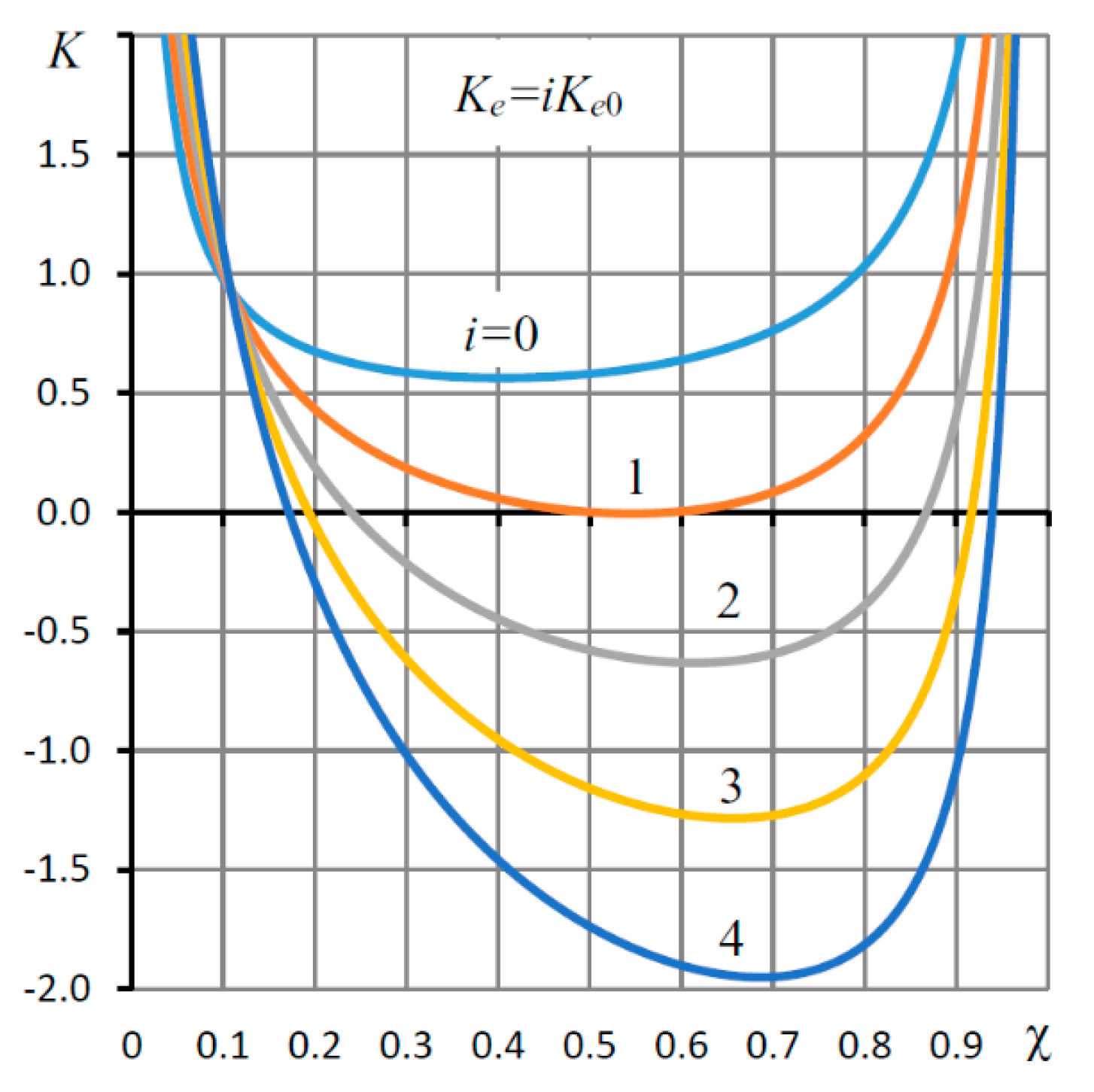
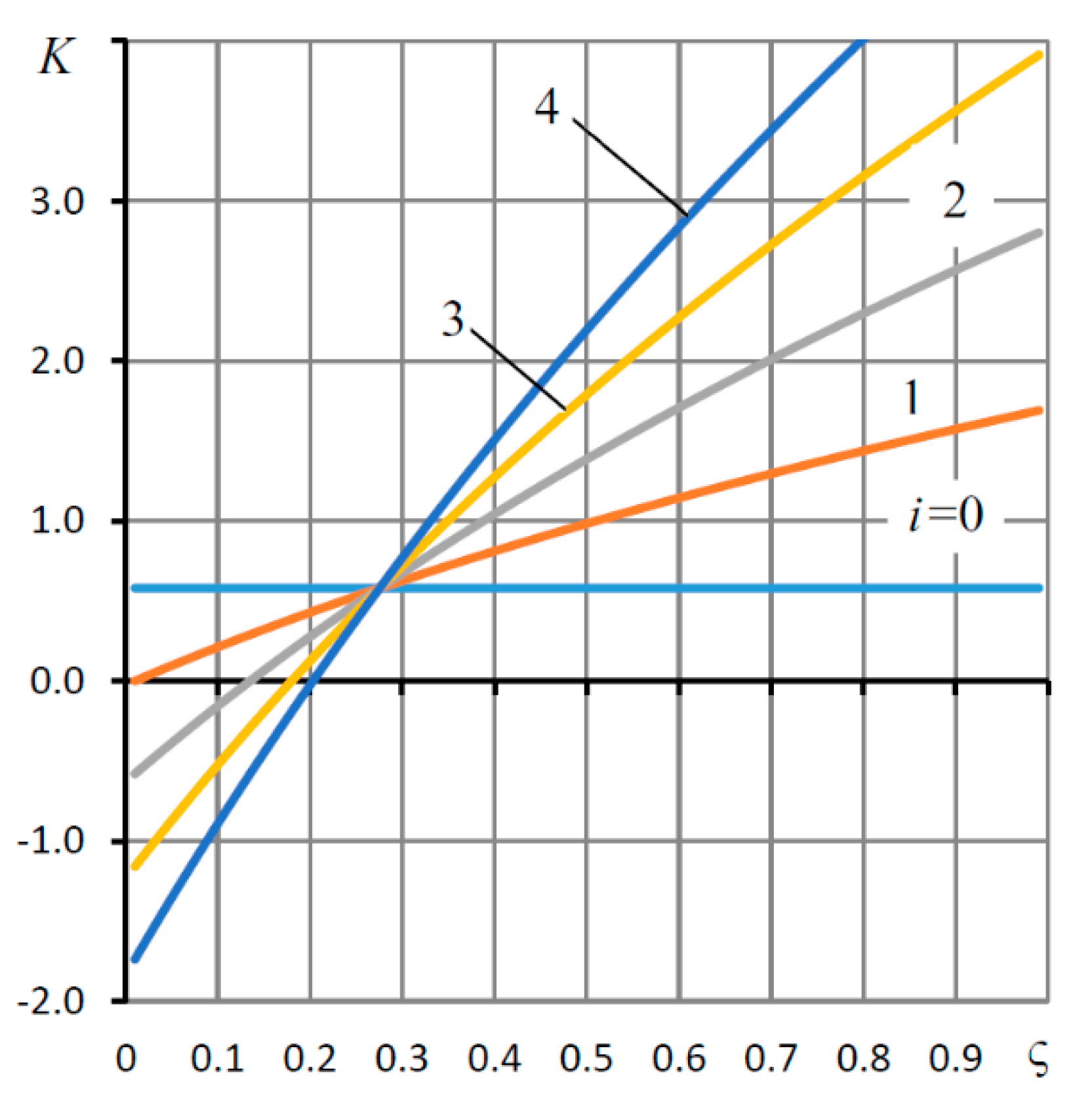
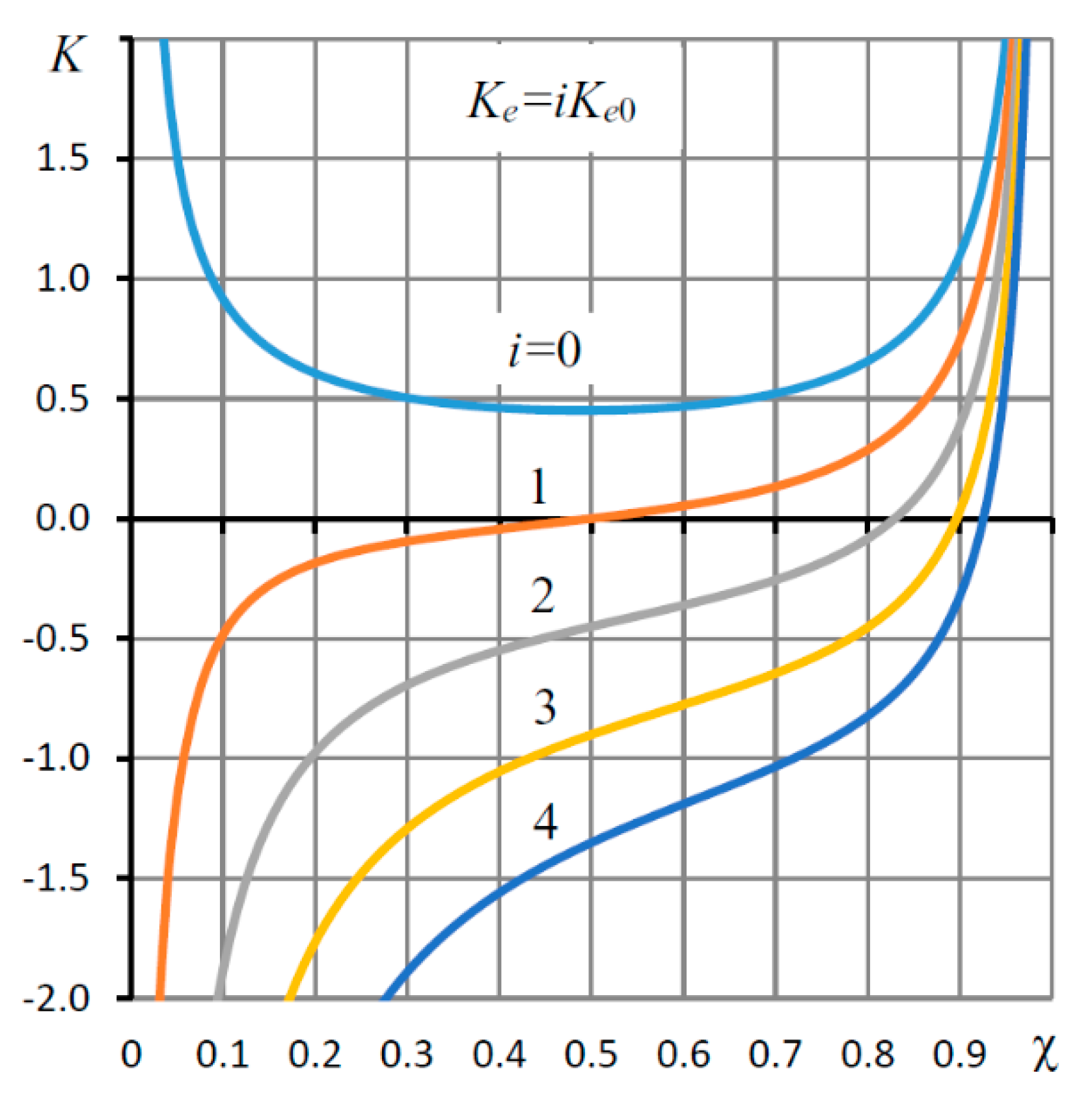

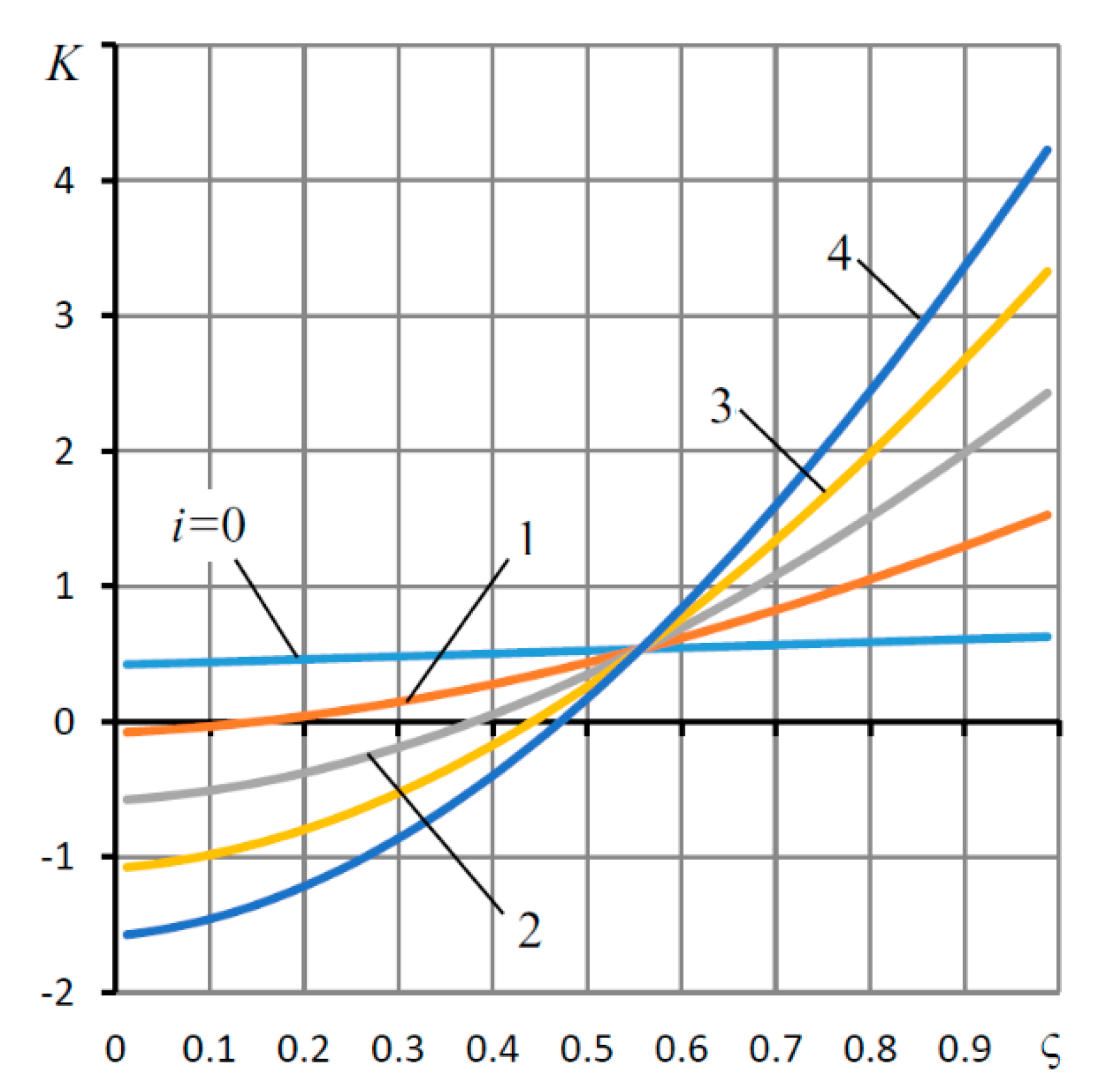
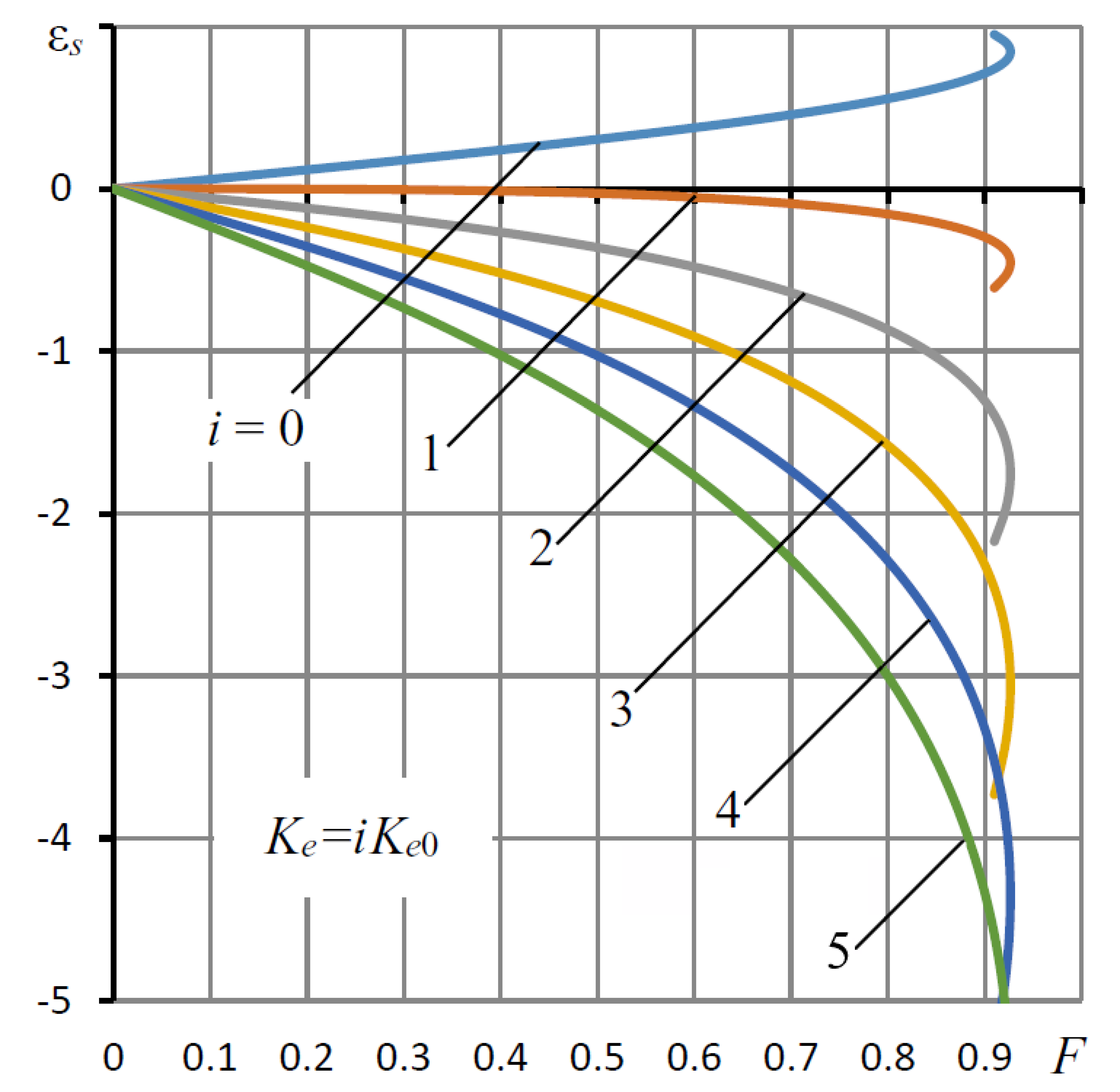
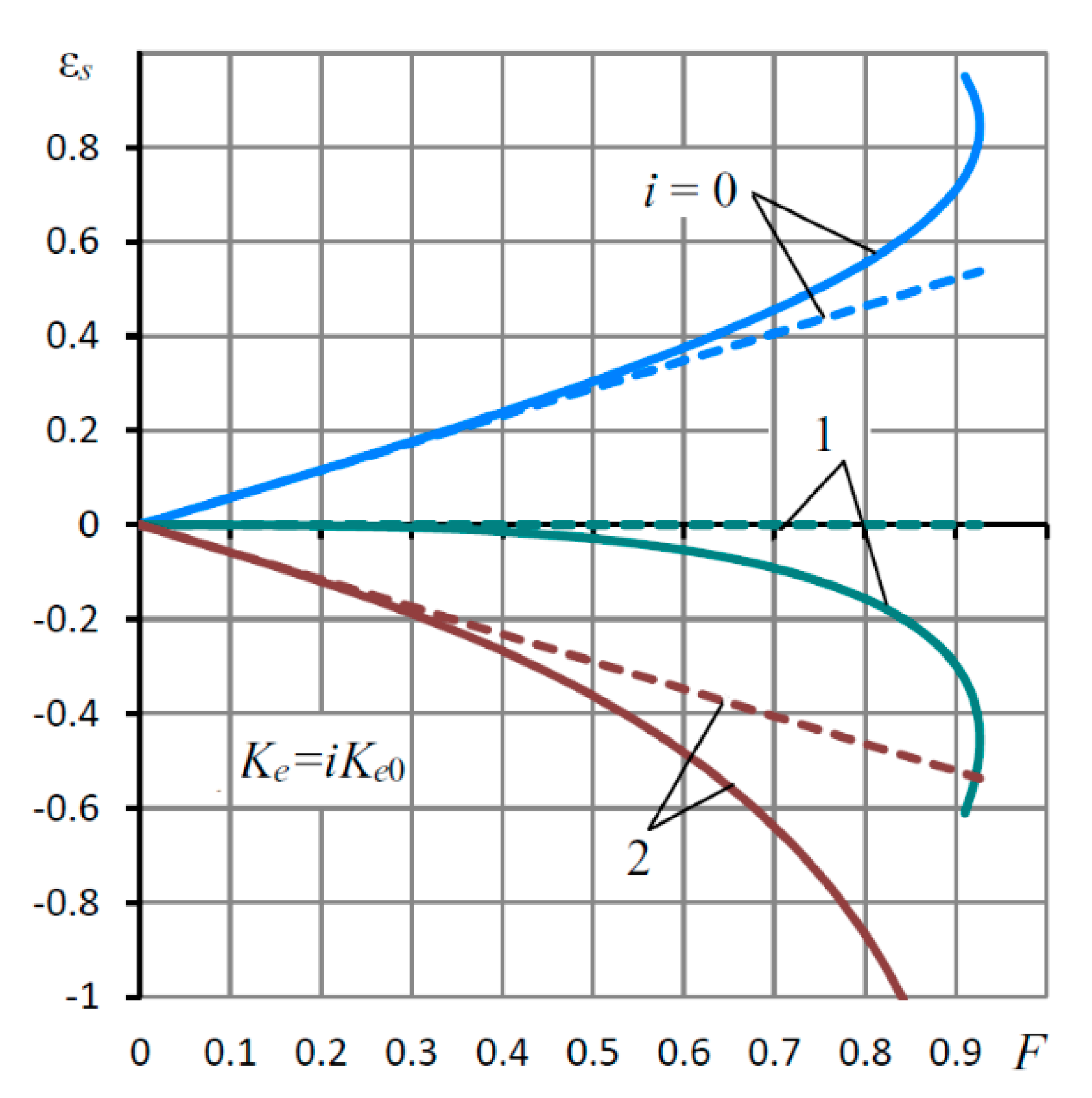
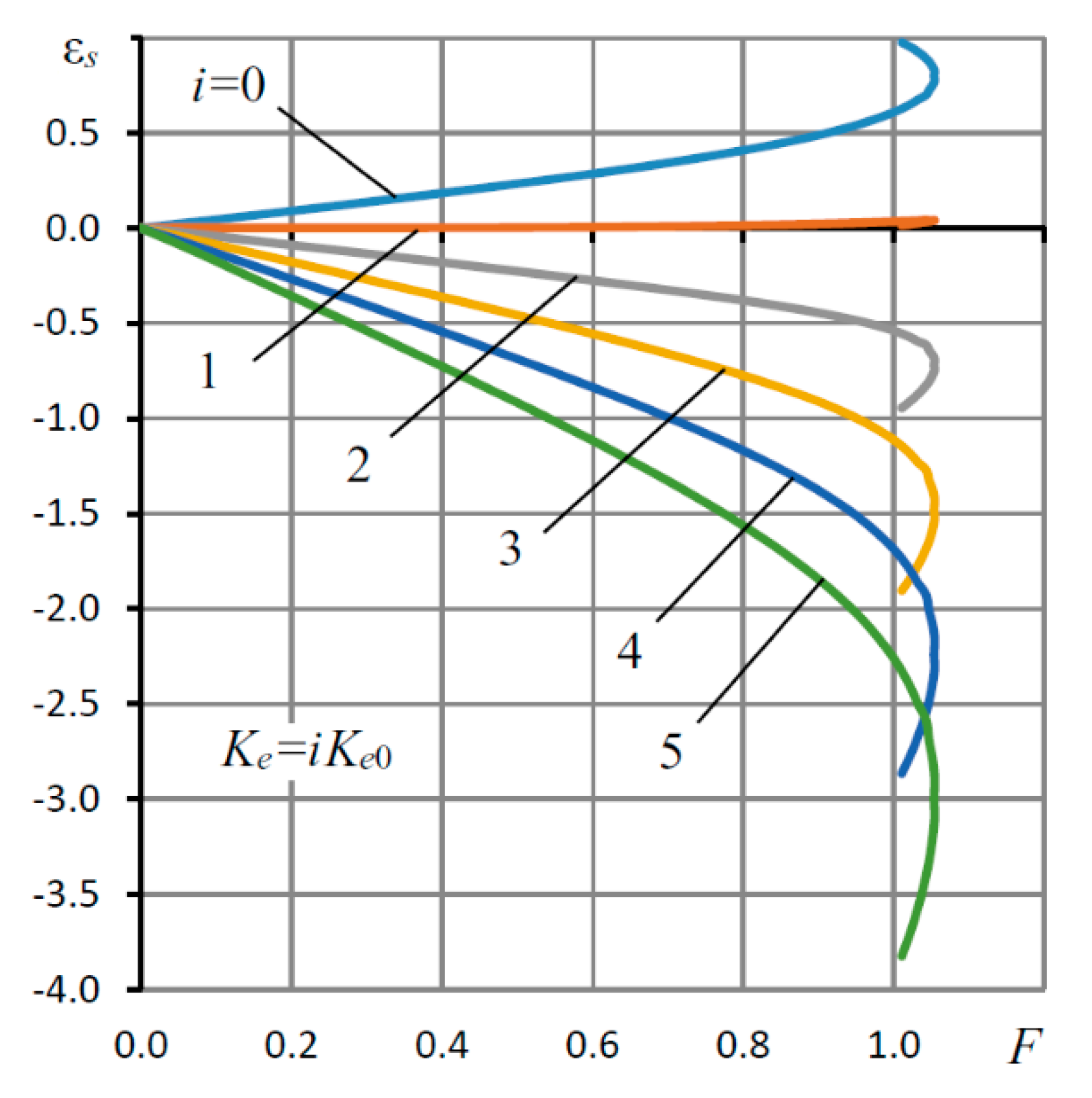


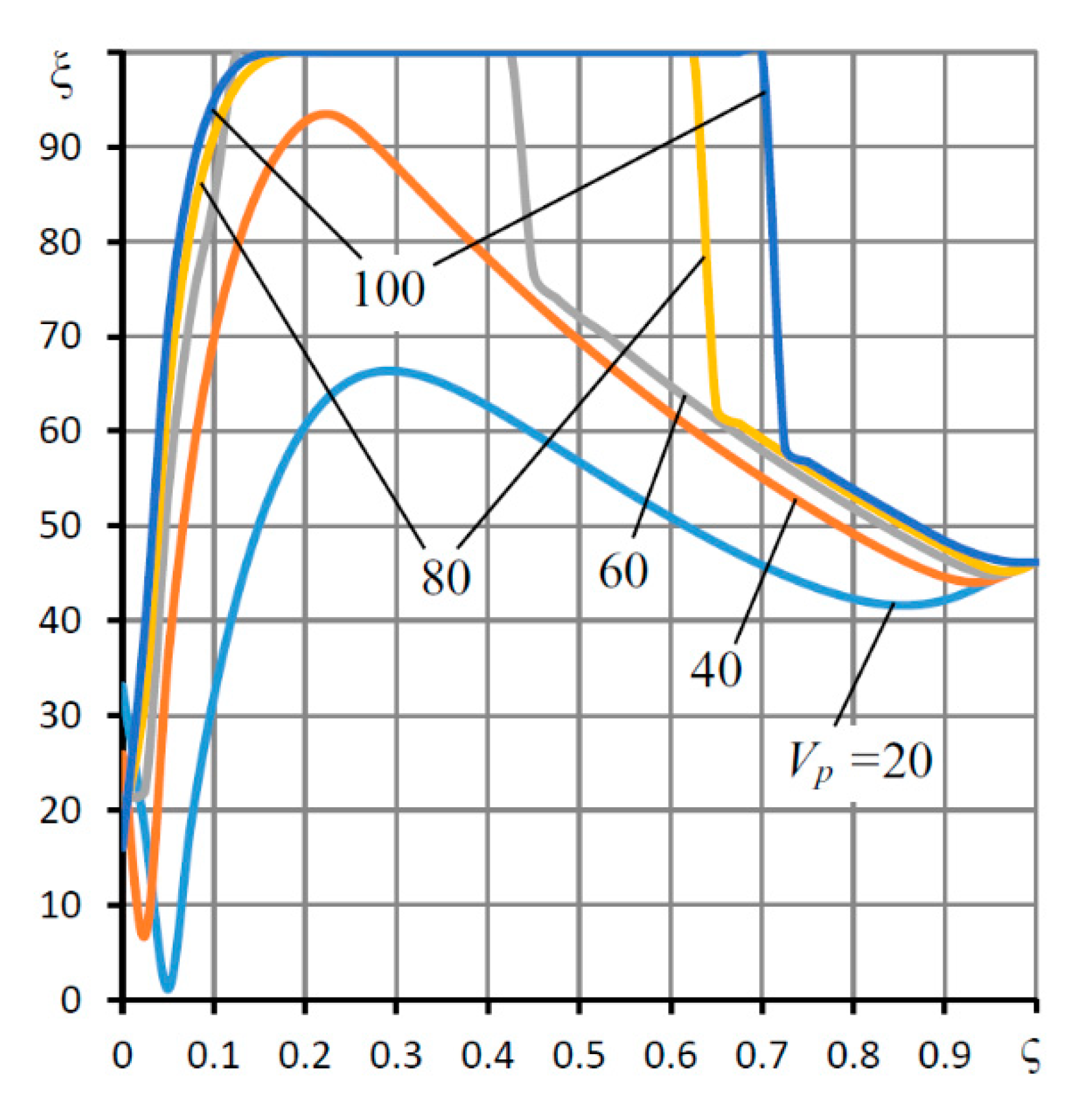
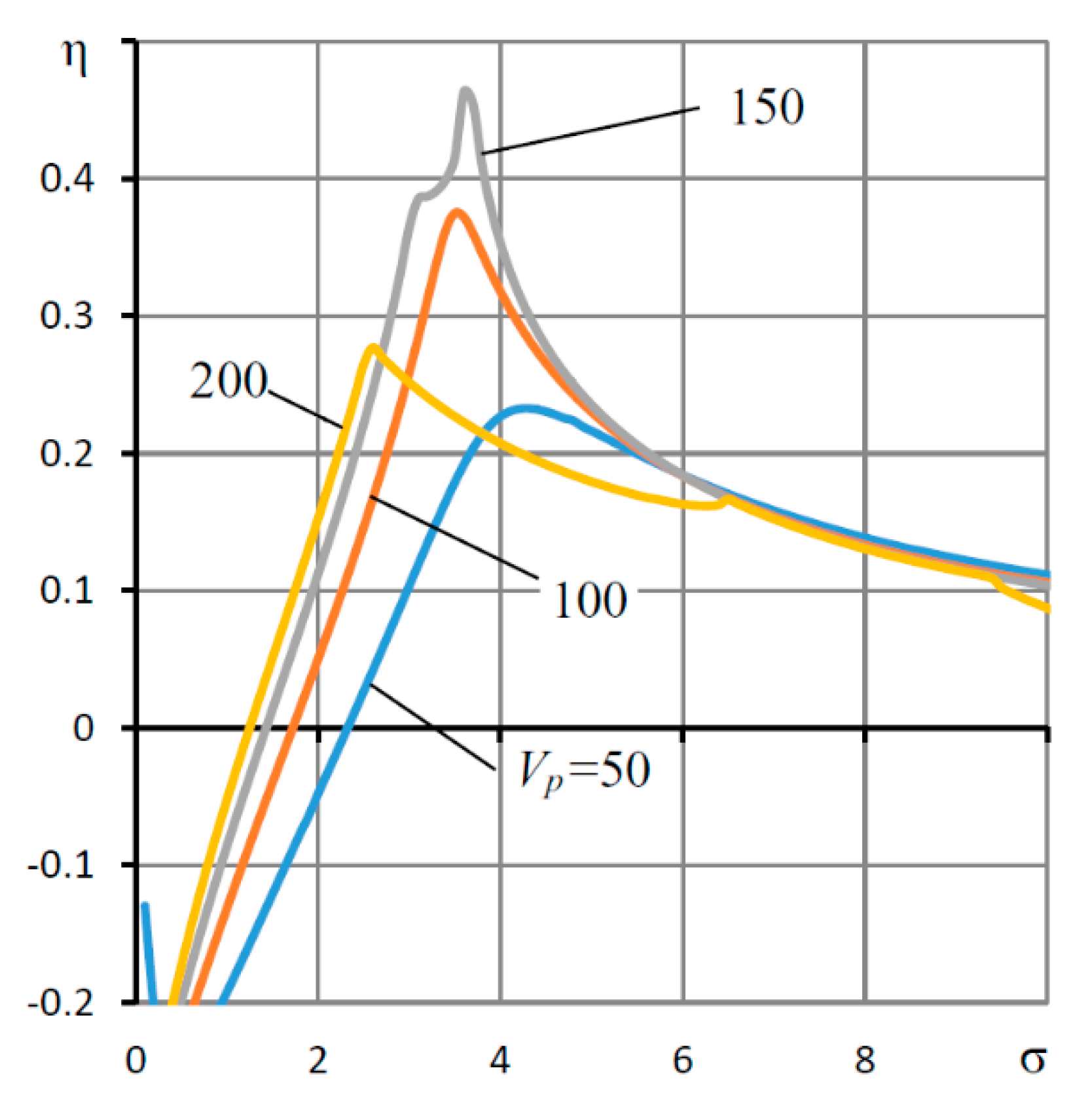
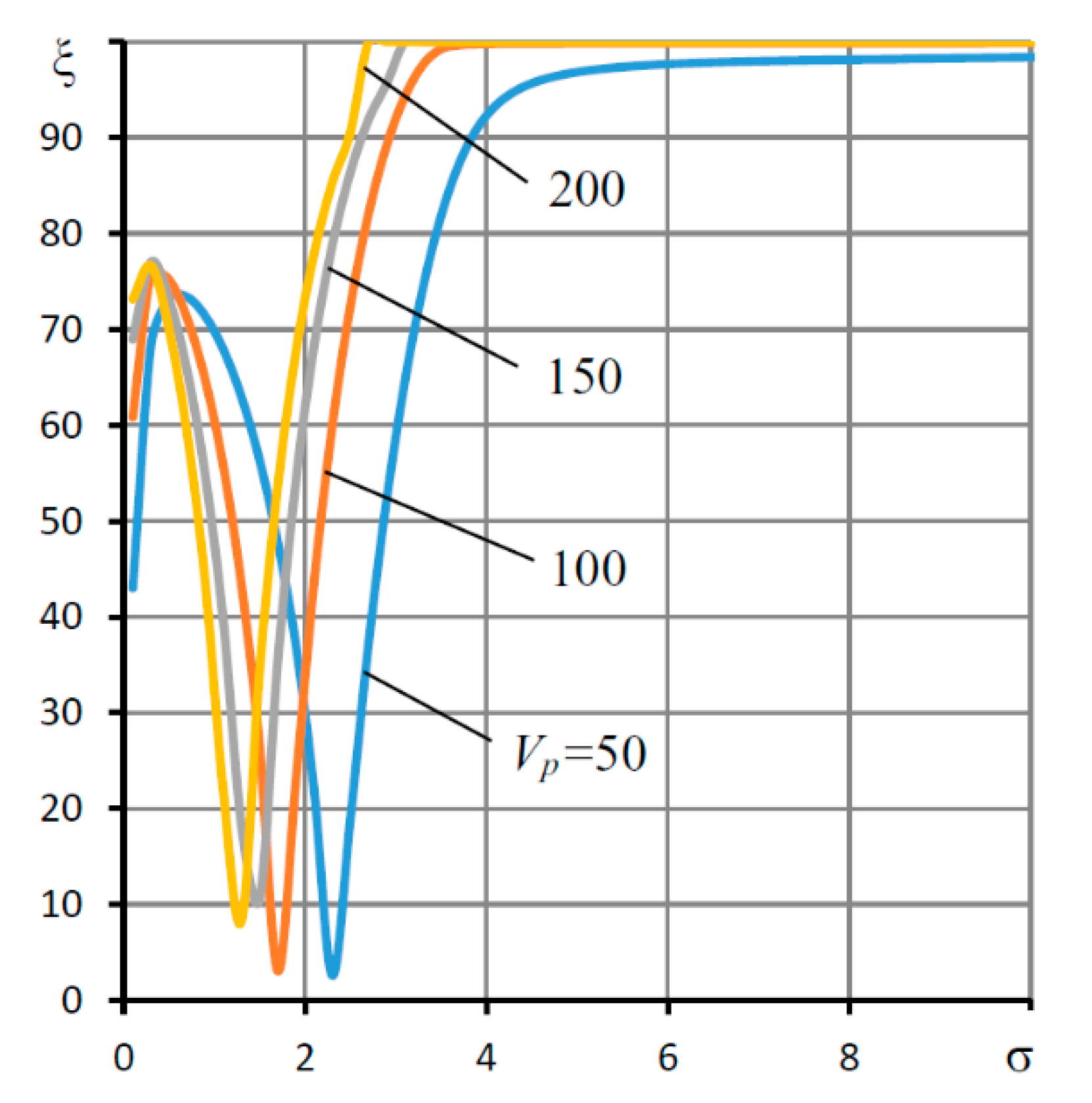
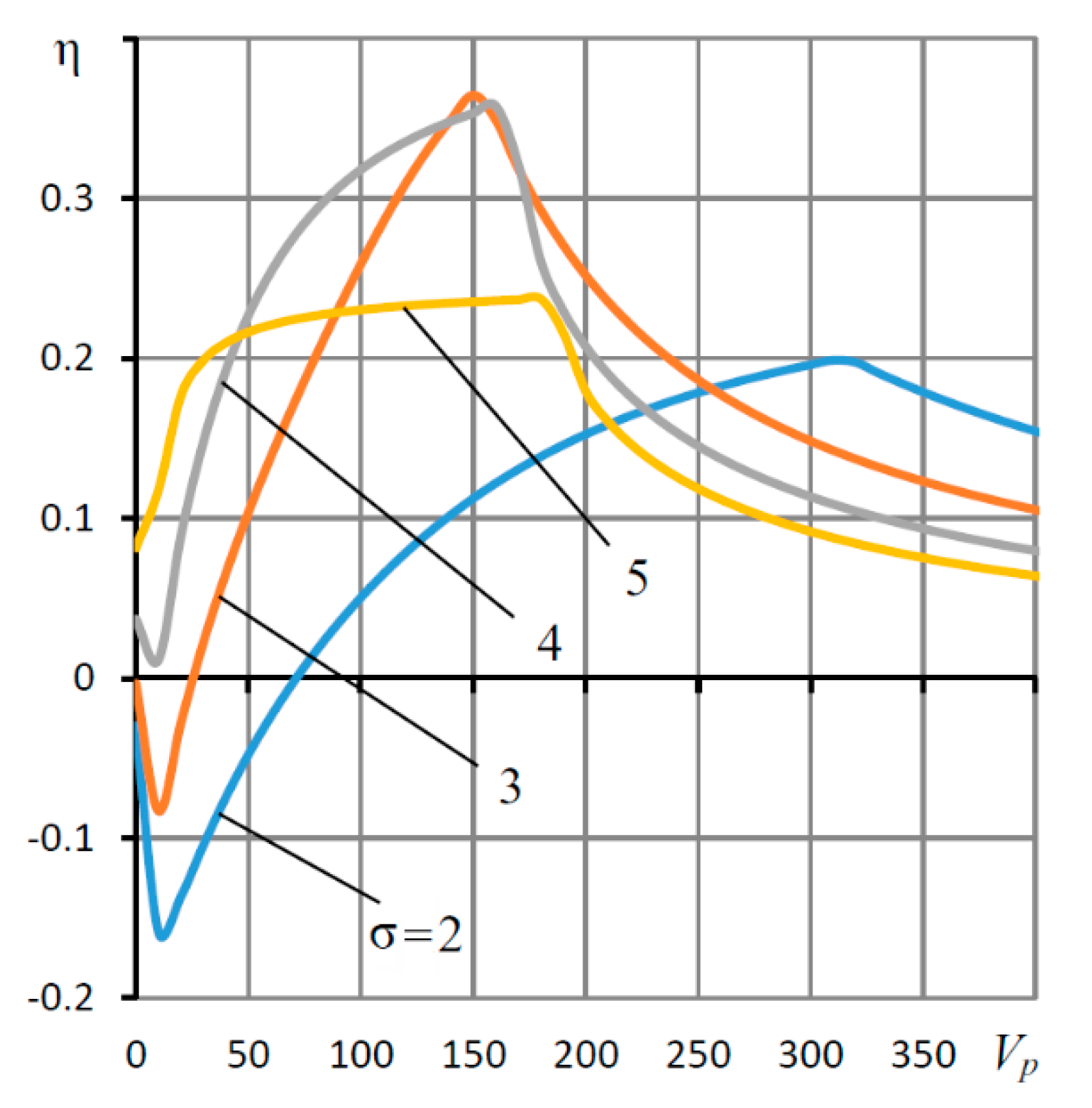
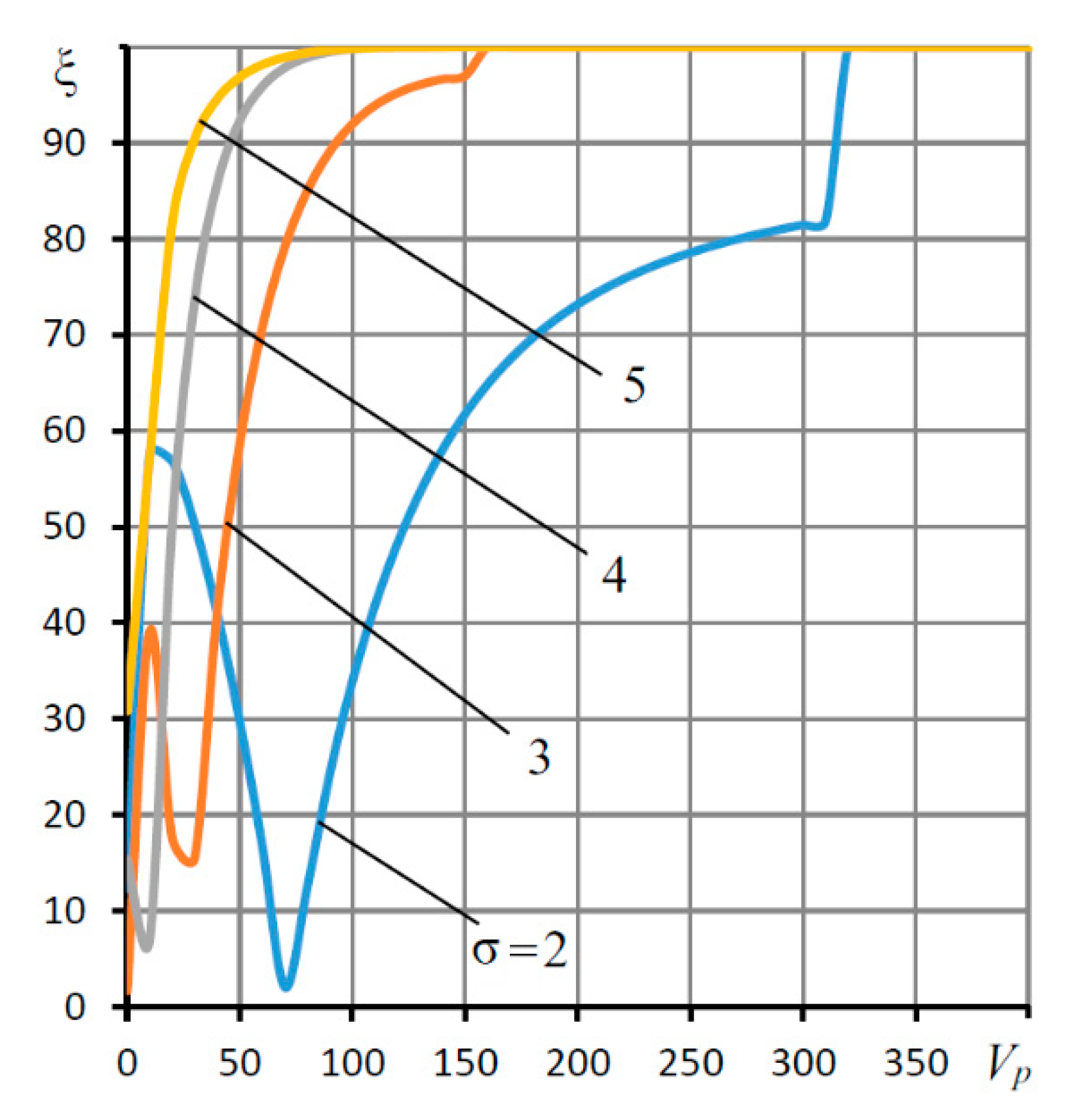
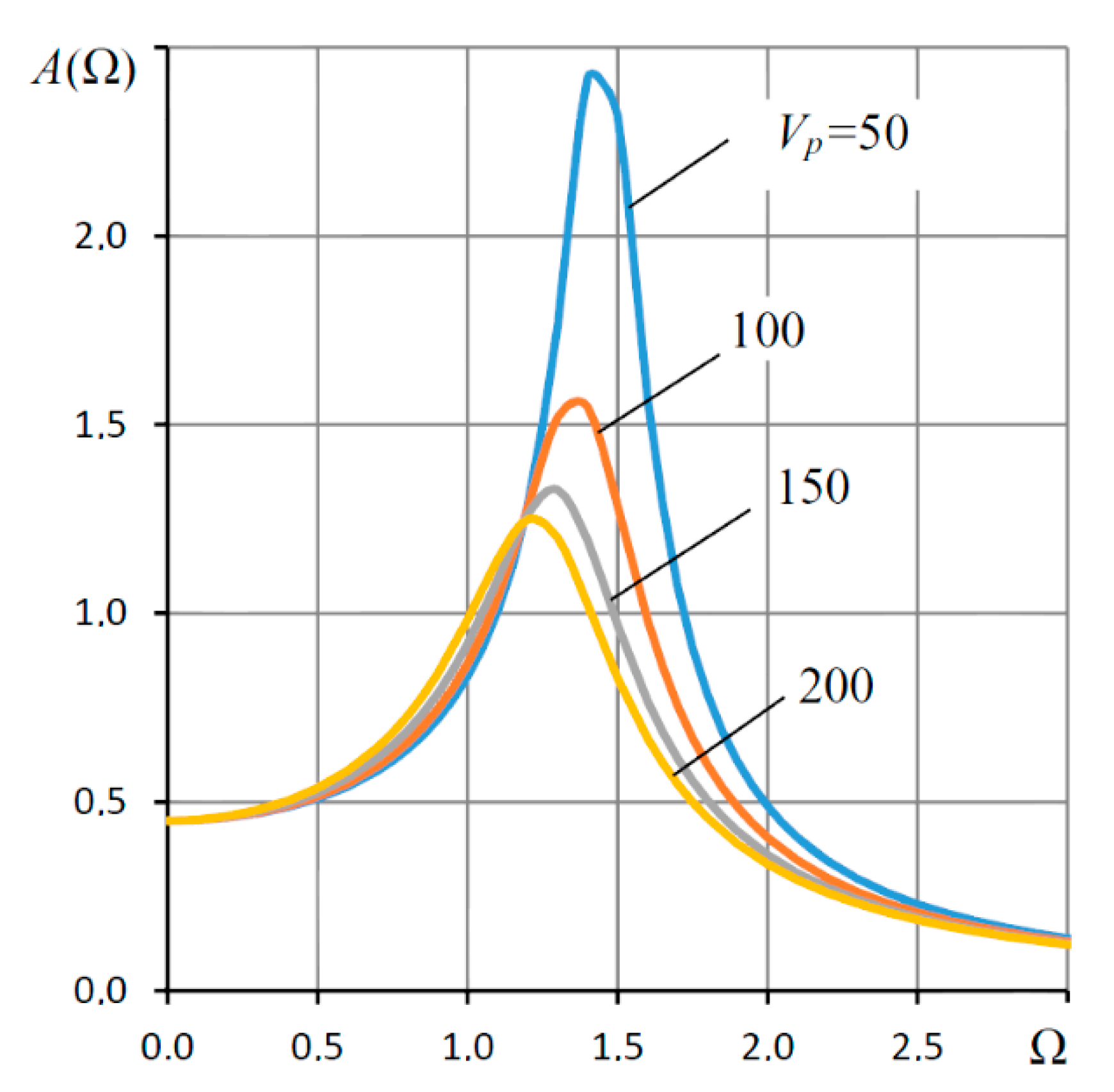
| L = l/r0, h0 (mm) | Supply Pressure ps (MPa) | Load Capacity (N) | |||
|---|---|---|---|---|---|
| Experiment | Theory | Experiment | Theory | ||
| 1.5, 0.0225 | 0.3 | 64 | 69 | 1.0·107 | 1.2·107 |
| 0.5 | 105 | 112 | 1.5·107 | 1.6·107 | |
| 1.0, 0.015 | 0.3 | 28 | 31 | 1.5·107 | 1.4·107 |
| 0.5 | 72 | 76 | 2.0·107 | 1.8·107 | |
Publisher’s Note: MDPI stays neutral with regard to jurisdictional claims in published maps and institutional affiliations. |
© 2021 by the authors. Licensee MDPI, Basel, Switzerland. This article is an open access article distributed under the terms and conditions of the Creative Commons Attribution (CC BY) license (http://creativecommons.org/licenses/by/4.0/).
Share and Cite
Kodnyanko, V.; Shatokhin, S.; Kurzakov, A.; Pikalov, Y.; Brungardt, M.; Strok, L.; Pikalov, I. Theoretical Investigation on Performance Characteristics of Aerostatic Journal Bearings with Active Displacement Compensator. Appl. Sci. 2021, 11, 2623. https://doi.org/10.3390/app11062623
Kodnyanko V, Shatokhin S, Kurzakov A, Pikalov Y, Brungardt M, Strok L, Pikalov I. Theoretical Investigation on Performance Characteristics of Aerostatic Journal Bearings with Active Displacement Compensator. Applied Sciences. 2021; 11(6):2623. https://doi.org/10.3390/app11062623
Chicago/Turabian StyleKodnyanko, Vladimir, Stanislav Shatokhin, Andrey Kurzakov, Yuri Pikalov, Maxim Brungardt, Lilia Strok, and Iakov Pikalov. 2021. "Theoretical Investigation on Performance Characteristics of Aerostatic Journal Bearings with Active Displacement Compensator" Applied Sciences 11, no. 6: 2623. https://doi.org/10.3390/app11062623






